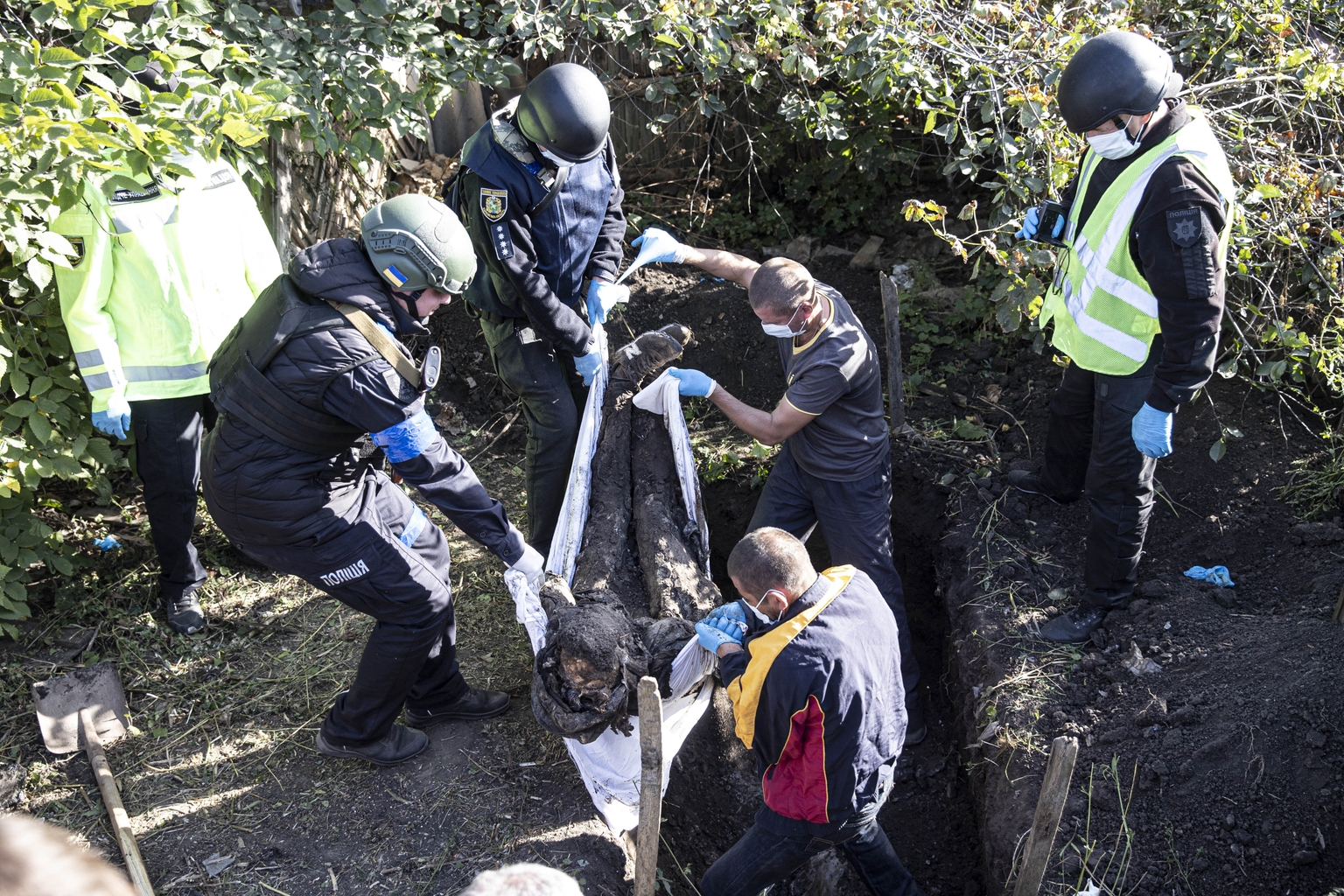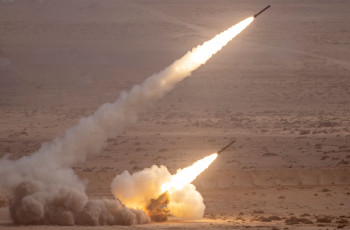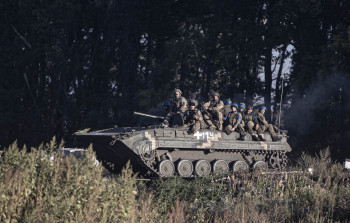Ukraine war latest: 440 graves found in liberated Izium as Russia continues to fire at infrastructure across Ukraine

Key developments on Sept. 15
- Mass burial site containing 440 graves found in liberated Izium
- Russia conducts 5 missile strikes, 5 air strikes
- Houses in Kryvyi Rih still flooded after a Russian missile strike
- Putin, Xi discuss the war in Ukraine
Russian artillery fire, missile and air strikes have inflicted damage on infrastructure in more than 20 settlements across Ukraine on Sept 15, the General Staff of Ukraine’s Armed Forces reported.
In total, Russian forces conducted five misslie and five air strikes on Sept. 15, according to the report.
Some of the strikes targeted critical infrastructure in Kryvyi Rih, the hometown of President Volodymyr Zelensky located in Dnipropetrovsk Oblast. The city has suffered multiple attacks on Sept. 15, as it continued to deal with the aftermath of the Sept. 14 strike on a local dam that had caused flooding.
Meanwhile, fighting continued in the east and south of Ukraine.
“The path to the return of all our territories is getting clearer,” President Volodymyr Zelensky said on Sept. 15.
Also on Sept. 15, Russian President Vladimir Putin met with his Chinese counterpart Xi Jinping in Uzbekistan for the first time since the all-out war began.
Ahead of the meeting, Putin hailed China’s “balanced position” on Moscow’s war in Ukraine and offered to answer “questions and concerns” that Beijing might have regarding the conflict.
Xi said Beijing is willing to work with Moscow “to inject stability and positive energy to a world in chaos.” He assured China’s support of Russian “sovereignty and security.”
According to Zack Cooper, a senior fellow specializing in U.S. strategy in Asia at the D.C.-based American Enterprise Institute, the meeting is unlikely to have any major effect on Ukraine.
Cooper told the Kyiv Independent that while China continues to support Russia rhetorically, the meeting is unlikely to influence China’s Russia policy or “result in much substantial support for Moscow.” He pointed out that Beijing hasn’t provided much tangible assistance, including arms delivery, to Russia.
Counteroffensive in the south
Ukraine’s Southern Operational Command reported on Sept. 15 that fighting continues along the entire front line in Kherson Oblast but the situation remains “stable.”
Russian forces are mainly focused on defending their occupied territories in Kherson Oblast, as well as “inflicting maximum losses” on Ukrainian soldiers by using missile strikes, air strikes and artillery fire, according to the report.
Moscow’s military is trying to restore its supply line across the Dnipro River, the command said, in order to reinforce its troops on the western side of the waterway with more personnel, weapons and equipment.
Ukraine had destroyed almost all the large bridges in Kherson Oblast using U.S.-provided HIMARS (High Mobility Artillery Rocket Systems), in a move to complicate Moscow’s reinforcement efforts amid the ongoing counteroffensive.
Kyiv’s forces can now strike any alternative crossings that Moscow has or may built in Kherson Oblast with its missiles and artillery, the Southern Command said.

Clearing Kharkiv Oblast
Following its successful counteroffensive in Kharkiv Oblast, Ukraine has begun recovering liberated territories in the region.
A mass burial site containing around 440 graves has been found in liberated Izium, Deputy Police Chief of Kharkiv Oblast Serhii Bolvinov told Sky News. He said the bodies individually buried at the makeshift site would be exhumed and taken away for forensic examination.
The State Emergency Service reported that it found five teenagers who were trapped in a basement in Kharkiv Oblast for a week after being forced to go through “filtration measures” by the Russian occupiers.
These children, aged 15-17, were from Kupiansk, Izium, and Chuhuiv districts, according to the Suspilne media outlet.
In other liberated areas, head of the Derhachi community Viacheslav Zadorenko said evacuation is underway for residents who wanted to flee their hometown but couldn’t because they didn’t have a car.
Zadorenko added that deminig work continues in the Tokarivske and Prokhodivske settlements, adding that it’s still “very dangerous.”
While fleeing Kharkiv Oblast’s Balakliia, Russian troops ruined the building of the local gas operator and left 5,000 remaining residents without gas, according to Kharkiv Oblast Governor Oleh Syniehubov. Utility services are working to restore the gas supply in the area.
Syniehubov earlier reported that as of Sept. 14, Russia only occupied about 6% of Kharkiv Oblast. Before the counteroffensive, Russia occupied about 32% of the oblast, the governor said.
Kryvyi Rih flooding
Quite far from the battlefield, the industrial city of Kryvyi Rih in Dnipropetrovsk Oblast dealt with the aftermath of flood that erupted following a Russian missile strike on Sept. 14.
A barrage of cruise missiles had damaged a major dam and sent water gushing downstream.
The State Emergency Service reported on Sept. 15 that over 100 houses and farmsteads were flooded by the Inhulets River. Many Kryvyi Rih residents across the city were cut off from water following the attack, rushing to buy bottled water, a local told the Kyiv Independent.
Deputy Head of the President's Office Kyrylo Tymoshenko said 79 out of 116 houses and farmsteads were still flooded as of 3 p.m. Emergency services were still pumping out water, as of 3 p.m., he added.
Also on Sept. 15, another cruise missile hit an undisclosed industrial site in Kryvyi Rih, head of the city’s military administration Oleksandr Vilkul reported. He said there were no casualties reported.
Following repeated Russian attacks on critical infrastructure across Ukraine, including in Kryvyi Rih, Vilkul called upon the world on behalf of his city to take action.
“We no longer ask, but demand, that the civilized countries of the world recognize Russia as a terrorist state,” he said.












